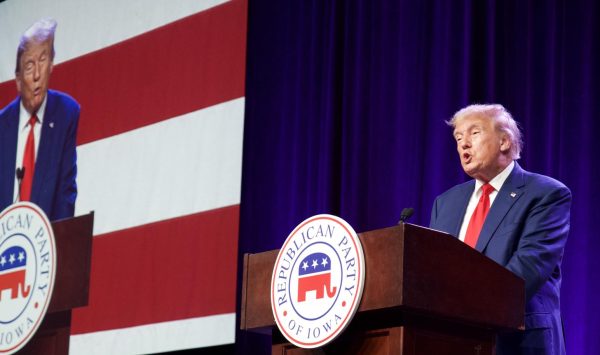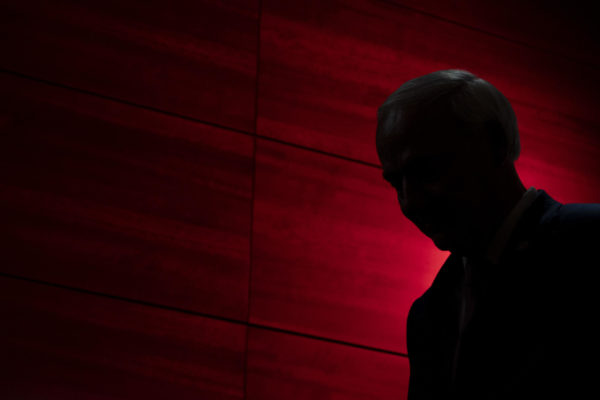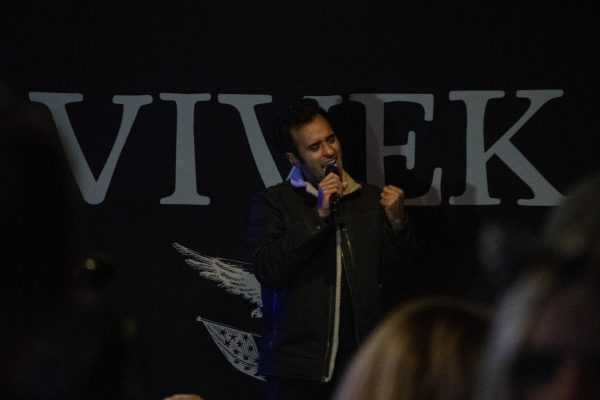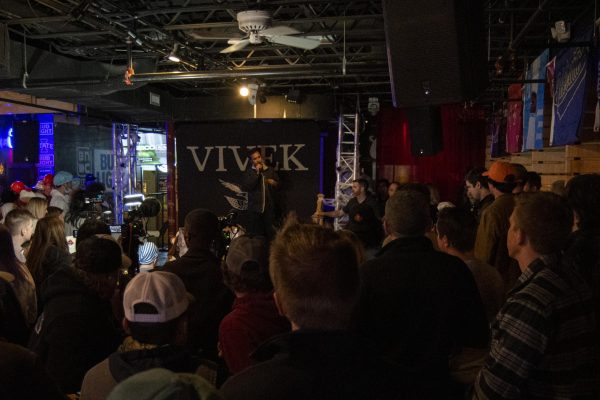Jury finds Virginia Tech negligent in 2007 shooting
March 14, 2012
A jury in Christiansburg, Va., decided Wednesday in favor of two families of victims in the 2007 Virginia Tech shooting who had accused the school of negligence.
The seven-member jury awarded $4 million to each of the families, a spokesman for the state attorney general’s office said. In suing the state, the families’ lawyers had argued that the school should have notified the student body sooner after learning that two other students had been found dead in a West Ambler Johnston dormitory room on the morning of April 16, 2007.
Seung-Hui Cho then went on to kill 30 other people, including the two victims whose families had sued — Erin Peterson and Julia Pryde — before killing himself. Peterson died while in her French class; Pryde was pursuing a master’s degree in biological systems engineering.
“Vindication has finally come,” said Suzanne Grimes, whose son Kevin Sterne was among the wounded at Virginia Tech. “This is about them being accountable,” she said in a telephone interview from Florida. “This will ensure the safety of students in the future.”
A lawyer for the state asked the judge to reduce the verdict to $100,000 per claim against the commonwealth, noting that amount represents the maximum allowed under the law. Also by law, the jury did not learn of the cap until after it rendered its decision.
But a lawyer for the plaintiffs, while acknowledging that “the burden is substantial on us,” asked for the opportunity to respond in a memorandum. The judge agreed to give him that opportunity.
In a written statement, Virginia Tech spokesman Mark Owczarski said, “We are disappointed with today’s decision and stand by our long-held position that the administration and law enforcement at Virginia Tech did their absolute best with the information available on April 16, 2007. We do not believe that evidence presented at trial relative to the murders in West Ambler Johnston created an increased danger to the campus that day. We will discuss this matter with the attorney general, carefully review the case, and explore all of the options available.”
In a letter to the school’s faculty, staff and students, university president Charles W. Steger said the killings “were an unprecedented act of violence that no one could have foreseen.”
He added, “We will discuss this matter with the attorney general, carefully review the case, and explore all of the options available, such as an appeal.”
In a written statement, a spokesman for the state attorney general, Kenneth T. Cuccinelli II, said that evidence presented at trial “established that it was the unanimous decision of three law enforcement agencies that the mass shooting was simply not foreseeable. Only with hindsight can one conclude that Cho’s unprecedented acts were foreseeable.”
In a 2010 report, the Department of Education found that the school did not notify students in a “timely manner” — as dictated by what is known as the Clery Act — after a shooting at a residence hall that left two people dead on April 16, 2007. The government also fined Virginia Tech for failing to follow internal school policies.
According to the report, police went to the scene of the Virginia Tech dorm shooting at 7:24 a.m.
At 7:57 a.m., police notified the office of the executive vice president about the shooting.
Steger was then notified and an 8:25 a.m. meeting was held to discuss the shootings and how best to notify the campus community. The administration knew that no weapon had been found and that bloody footprints led away from the crime scene, according to the education department.
But it was not until 9:26 a.m. that the university first notified students and staff by e-mail about the shooting.
“The message was vague and only notified the community there had been a shooting on campus. It did not mention that there had been a murder or that the killer had not been identified,” the Department of Education said in March 2011.
It was about 15 minutes after the e-mail went out that Cho began shooting in Norris Hall. The rampage lasted from about 9:40 a.m. to 9:51 a.m. A second message was sent to the community at 9:50 a.m.
— CNN’s Eric Fiegel contributed to this report.














